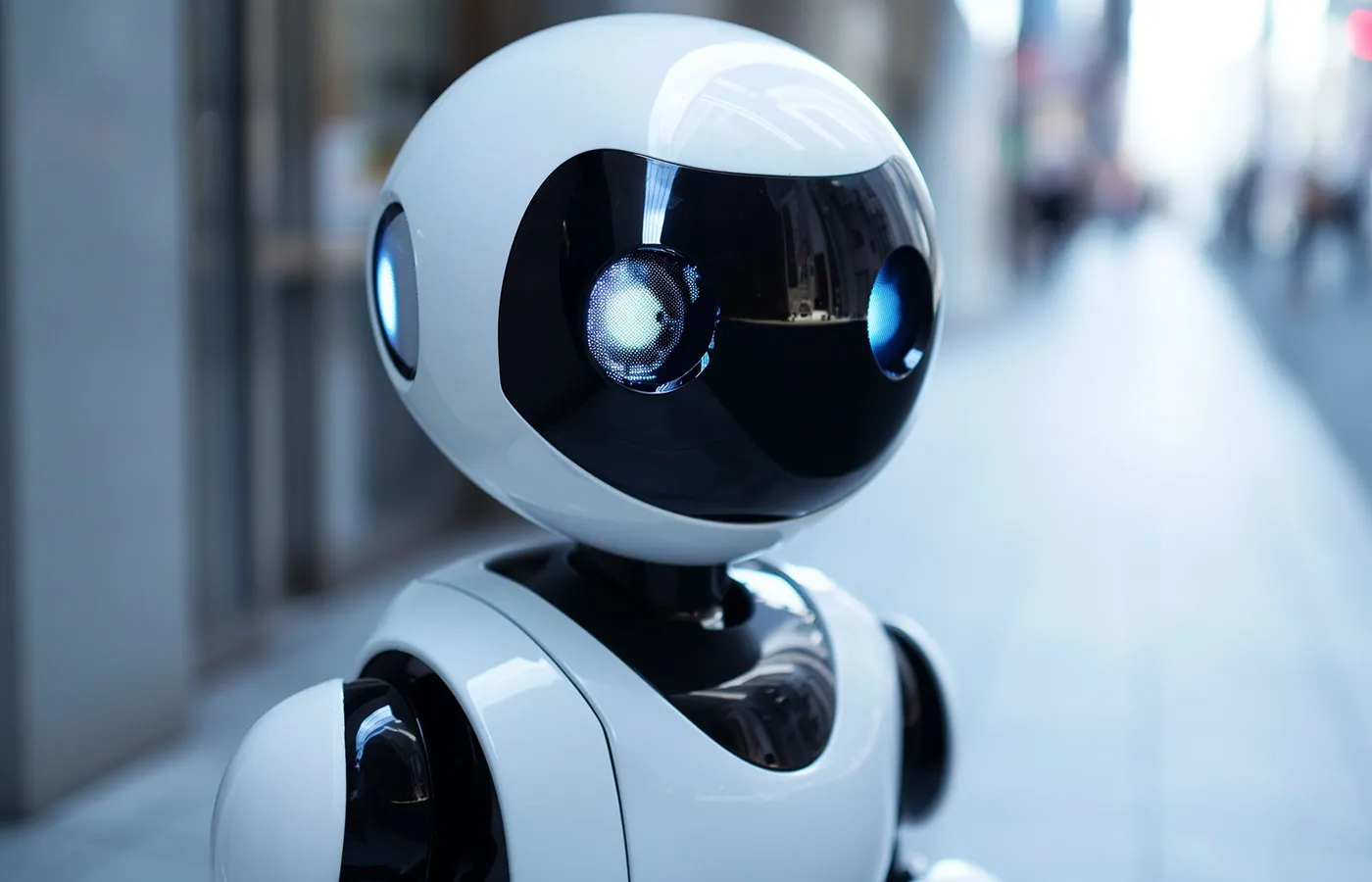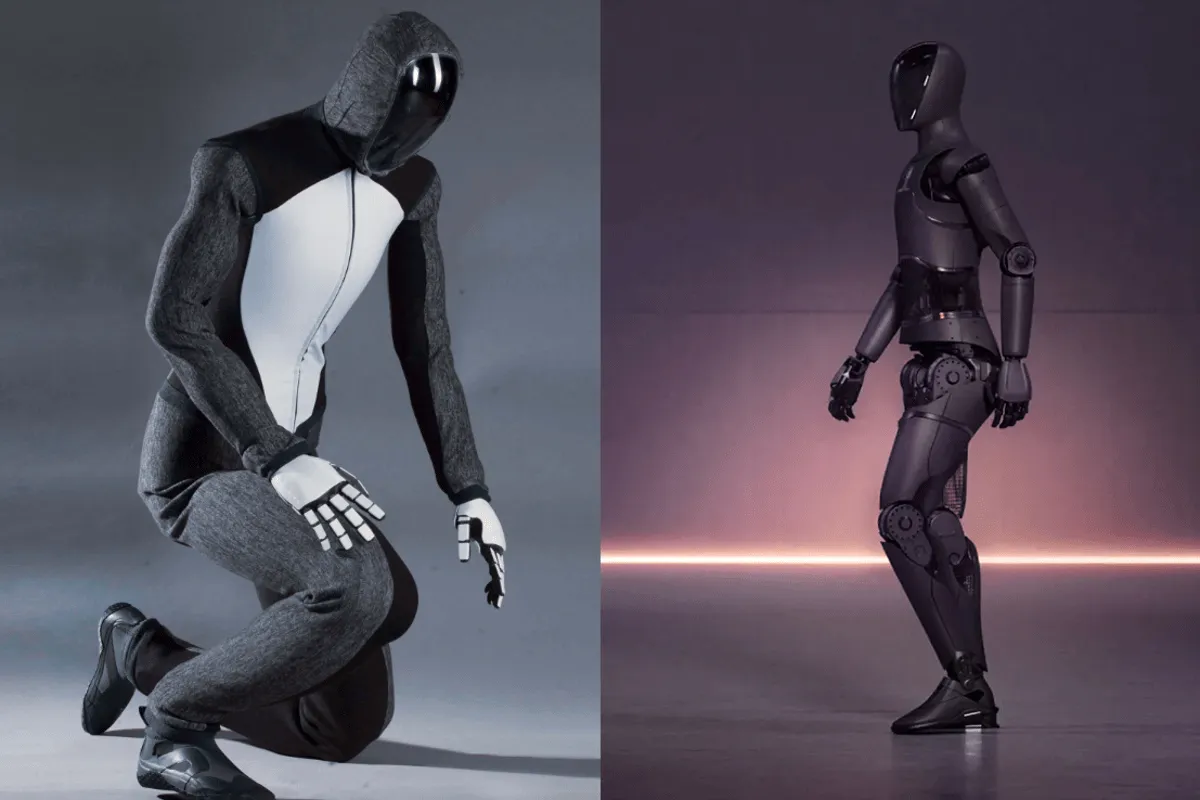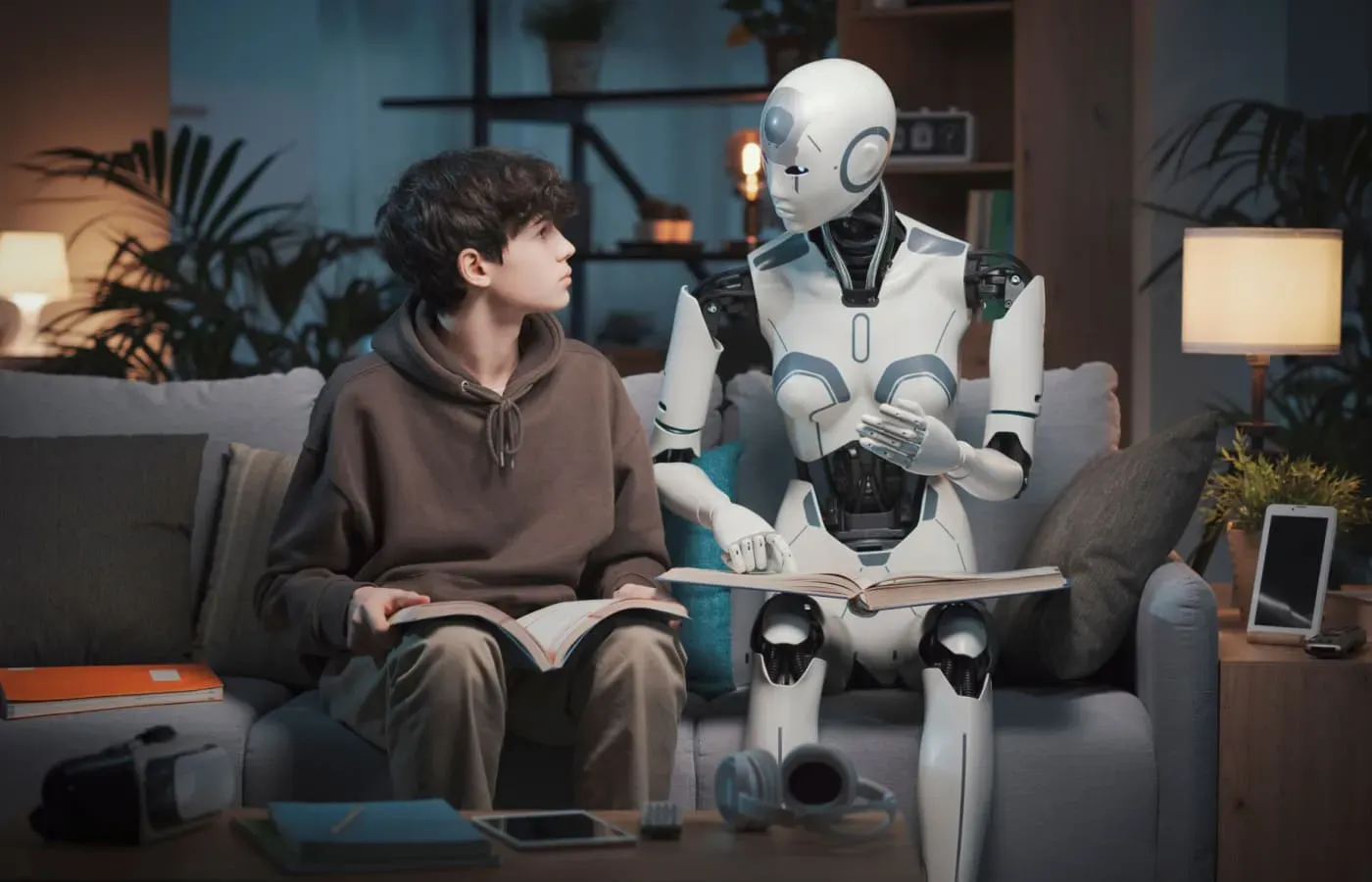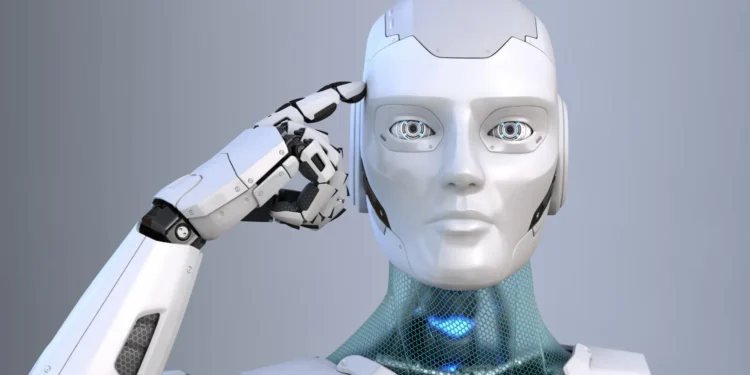In a significant shift that is stirring up the tech community, Figure AI has announced its decision to end its collaboration with OpenAI. The robotics company, renowned for its ambitious strides in humanoid technology, has chosen to develop its AI models in-house following a “major breakthrough.” This pivot marks a crucial turning point for Figure AI as it aims to introduce unprecedented features in humanoid robots.

Breaking New Ground: Figure AI’s Ambitious Promise
On a recent Tuesday, the Bay Area-based Figure AI made headlines when it disclosed on X, a social media platform, that it would no longer be using OpenAI’s technology in its robots. This news comes as a shock to many, especially considering the previous deep ties between the two companies, which included OpenAI’s investment and a collaborative deal to develop next-generation AI models for humanoids.
Brett Adcock, founder and CEO of Figure AI, remained elusive about the specifics but hinted at an exciting future, stating they will unveil “something no one has ever seen on a humanoid” in the next 30 days. This bold claim sets high expectations and sparks curiosity about what revolutionary features Figure AI might be introducing.
The Strategy Behind Going Solo: Integration and Specialization
Explaining the rationale behind this strategic pivot, Adcock highlighted the challenges of integrating external AI technologies with specialized hardware. He emphasized the need for a seamless blend of AI and robotics, which he believes can only be achieved through a vertically integrated approach. “We found that to solve embodied AI at scale in the real world, you have to vertically integrate robot AI,” Adcock explained in his interview with TechCrunch.

OpenAI’s Influence and Diverging Paths
While OpenAI has been instrumental in elevating Figure’s profile in the tech world, its focus has not primarily been on embodied AI, which is central to humanoid robotics. This divergence in core objectives might have influenced Figure AI’s decision to develop technology tailored specifically to their humanoid robots, ensuring better performance and integration.
The Broader Impact and Industry Trends
The split between Figure AI and OpenAI underscores a broader trend in the robotics industry where companies are increasingly opting to develop proprietary technologies. Similar to Apple’s ecosystem approach, this strategy ensures that software and hardware are perfectly aligned, enhancing functionality and user experience. Notably, other players like Boston Dynamics are also collaborating closely with partners like Toyota Research Institute to customize AI solutions for their robots.

Future Prospects and Industry Watch
As Figure AI steps into a new phase of innovation and development, the tech world watches closely. With a massive $1.5 billion funding from investors and a valuation at $2.6 billion, the company is well-equipped to push the boundaries of what humanoid robots can do. The industry anticipates what Figure AI’s next moves will be, especially in light of their promised unveiling, which could potentially redefine the landscape of humanoid robotics.










